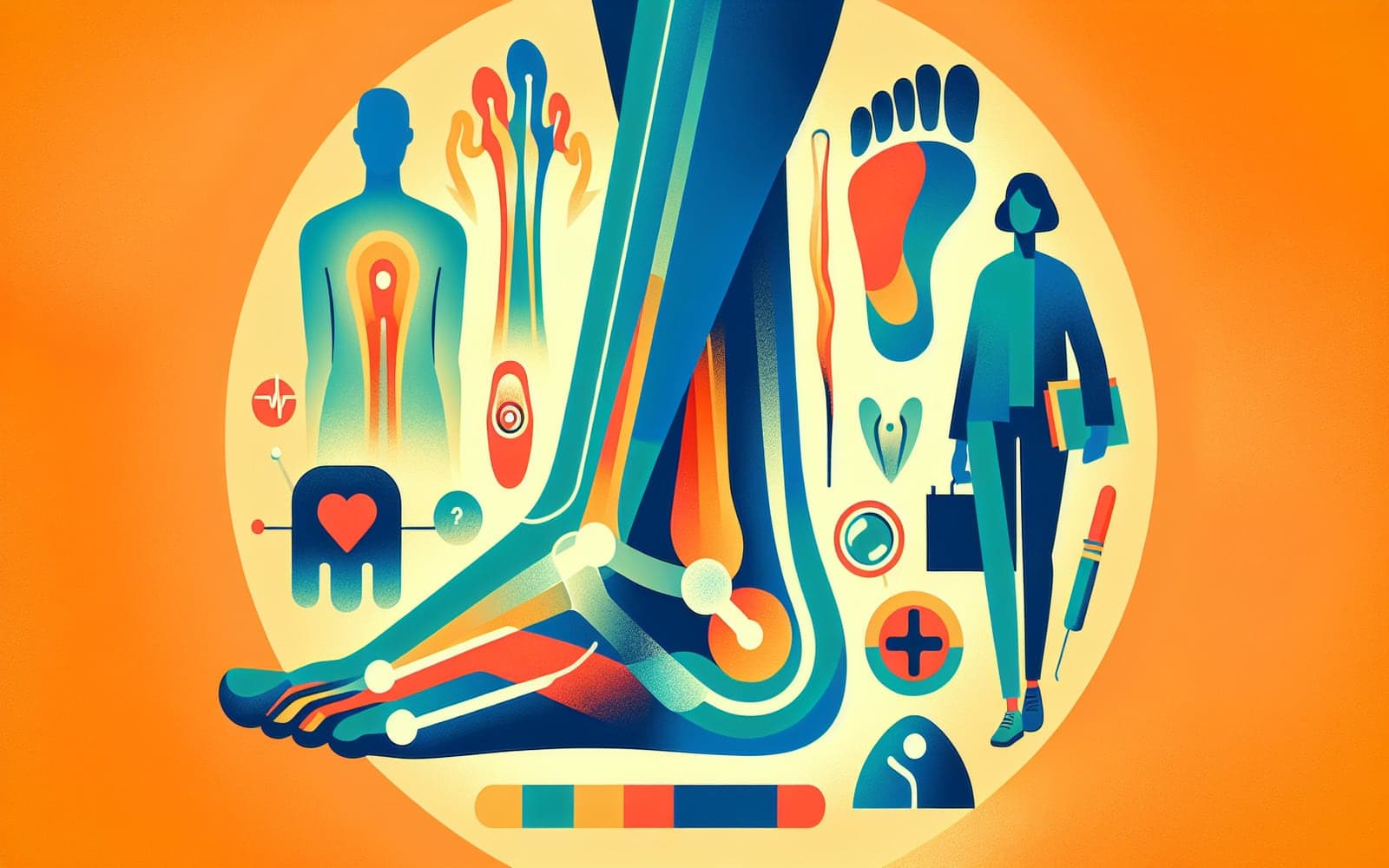Are You at Risk for Forefoot Pain?
Published: Dec 25, 2023
Certain factors can increase your risk for forefoot pain. Identifying these risks can help you take preventive measures.
Contents
Age and Gender
Age and gender play significant roles in forefoot pain risk. Older adults, especially women, are more prone to conditions like bunions and metatarsalgia. Hormonal changes and foot structure differences between genders may contribute to this increased risk. Understanding these factors can help in early identification and management.
Lifestyle and Occupation
Lifestyle choices and certain occupations increase the risk of foot pain. Activities that put excessive strain on the feet, such as dancing or prolonged standing, can lead to conditions like stress fractures. Choosing supportive footwear and taking breaks can mitigate these risks and promote foot health.

Medical Conditions
Certain medical conditions, like rheumatoid arthritis (RA) and gout, heighten the risk of forefoot pain. These conditions cause inflammation and joint issues that affect foot function. Managing these conditions through medication and lifestyle changes can help reduce their impact on your feet.
Frequently Asked Questions
Older adults, especially women, face higher risk for foot pain.
Strainful activities increase risk; supportive footwear helps mitigate it.
Conditions like rheumatoid arthritis and gout heighten foot pain risk.
Key Takeaways
Understanding your risk factors can help you take steps to prevent foot pain.
Consult Doctronic to evaluate your risk and explore preventive measures.Related Articles
References
Stewart S, Carroll M, Brenton-Rule A, et al. Region-specific foot pain and plantar pressure in people with rheumatoid arthritis.
Trivedi B, Marshall M, Belcher J, Roddy E. A systematic review of radiographic definitions of foot osteoarthritis.
Always discuss health information with your healthcare provider.

